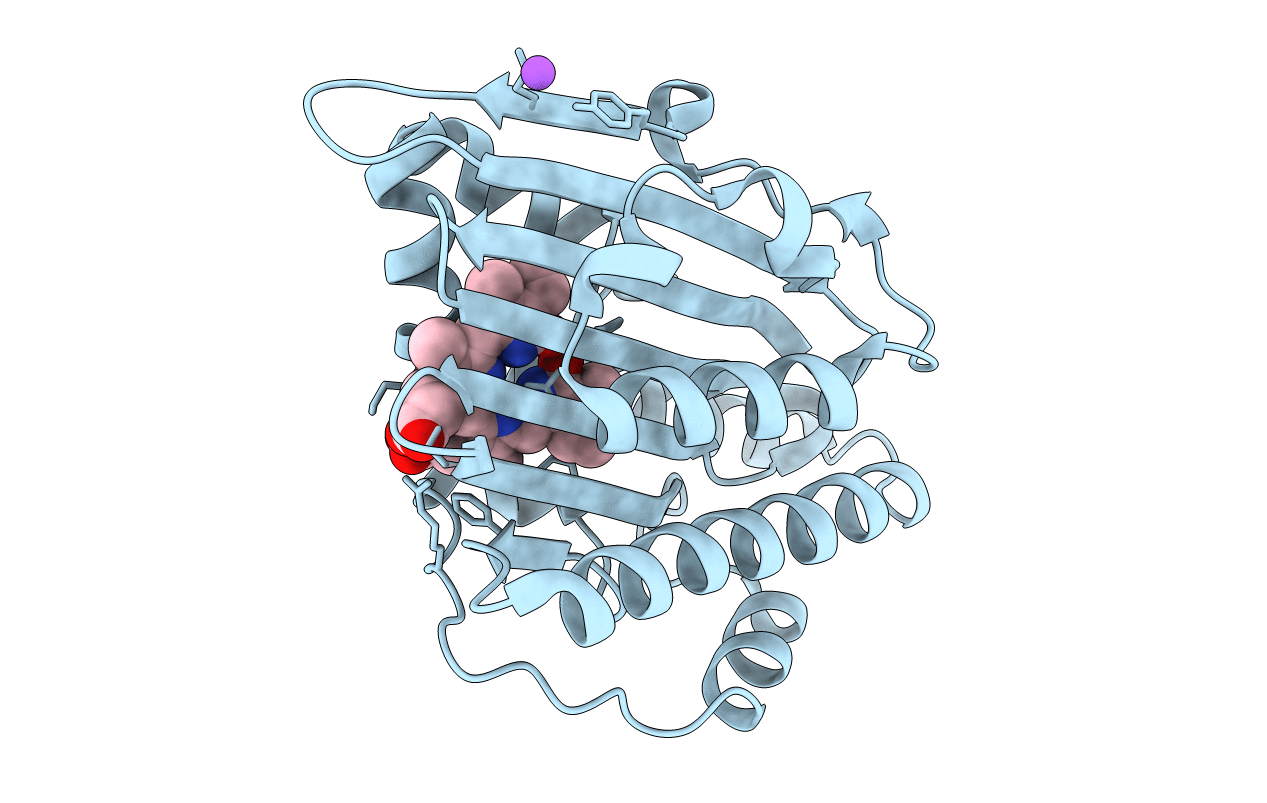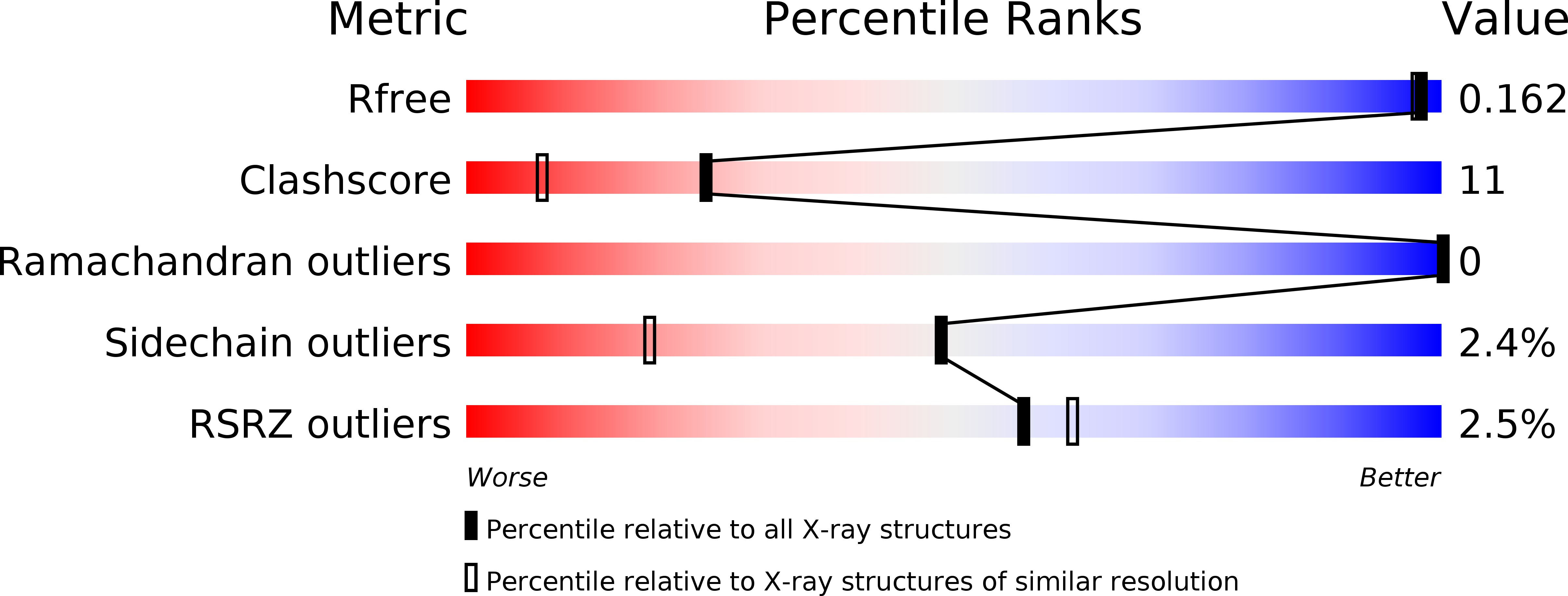
Deposition Date
2005-08-17
Release Date
2006-01-24
Last Version Date
2024-03-13
Method Details:
Experimental Method:
Resolution:
1.51 Å
R-Value Free:
0.18
R-Value Work:
0.15
R-Value Observed:
0.15
Space Group:
P 21 21 2


